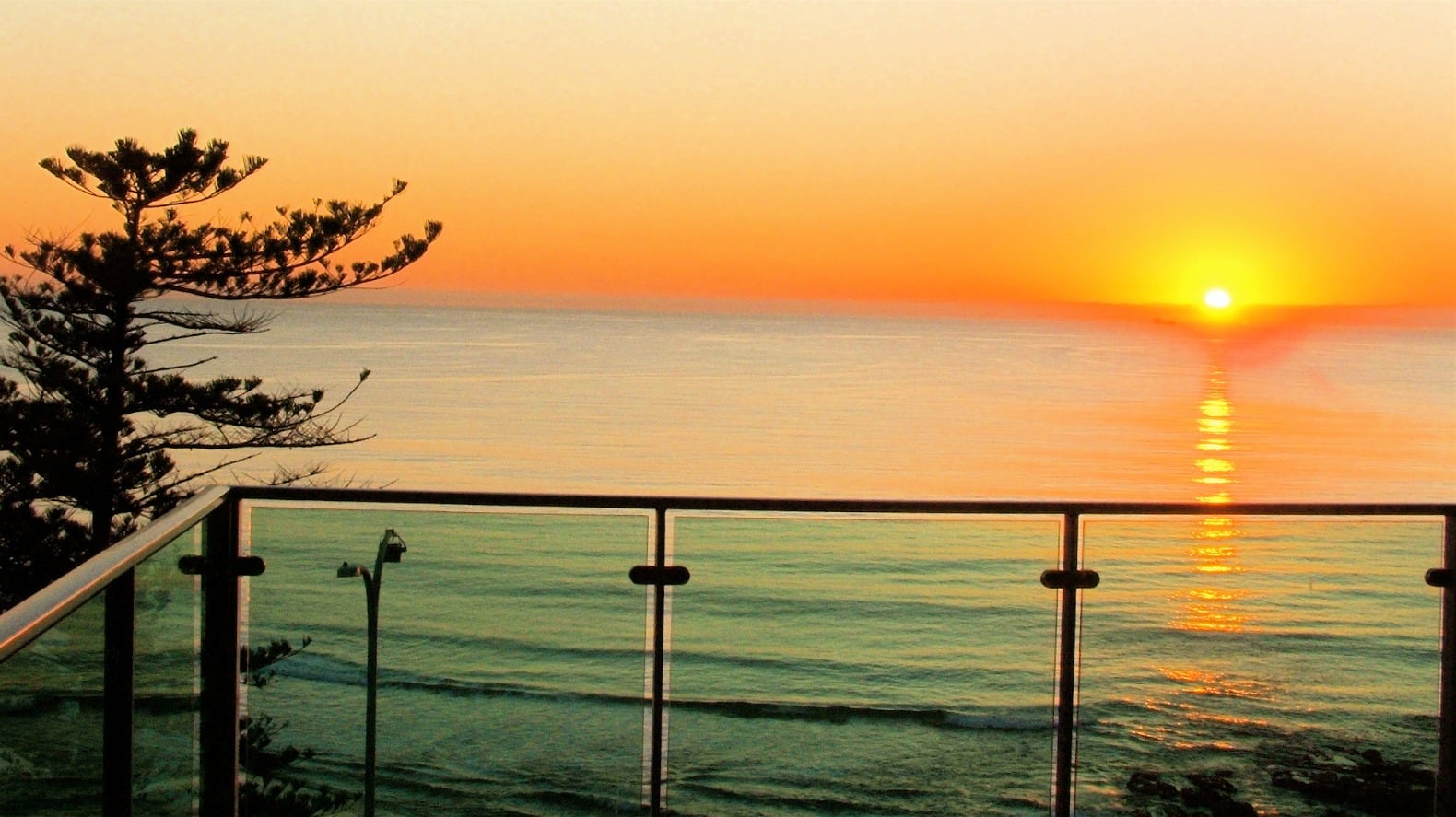5 deck railing design ideas
Although wood is still the material of choice of many for deck railings, more and more people are looking into low-maintenance alternatives.

A deck railing not only makes your place a lot safer it also polishes the look of your entire deck. Although wood is still the material of choice for deck railings, more and more people are looking into low-maintenance alternatives.
Glass
Glass railings are perfect for decks with a wonderful view or decks that need a windbreak. They offer a sleek look, are easy to clean, and are resistant to moisture and most weather conditions. Glass railings can be expensive, though, since the glass used for them should be laminated, toughened, or safety organic-coated glass. Most glass railings are supported by metal or timber, but frameless glass railings have become popular in the past years as well.
Since railings need to be quite strong, the Building Code of Australia (BCA) sets requirements for glass in balustrades. The minimum thickness of glass used in balustrades depends on the type of glass used and the span between supports. Toughened glass balustrades with a span of 1070 millimetres between supports should have a minimum thickness of eight millimetres.
Composite
For those who want to retain the look and feel of wood but don’t want to deal with cracked or split railings, composite is the obvious choice. Composite railings come in all sorts of colours and are as close as you can get to real wood. Although they are not completely weatherproof, composite railings are less prone to rotting and fading than timber. They are a little more expensive than the other railing options, though, and they need good support at the bottom so they won’t sag.
Plastic
Probably the option that requires the least effort to maintain, plastic is a very affordable substitute for wood railing. Plastic is very easy to clean, doesn’t rot, doesn’t need painting every few years, is immune to insects, and is easy to install. For a busy household with lots of kids and pets running around, plastic deck railings can be a great choice. However, many homeowners don’t like the look and feel of plastic, even if it is painted to look like wood. Also, for those who are into eco-friendly building materials, the manufacturing process of plastic can be a concern.
Metal
Metals like aluminium, iron, and steel have the ability to be transformed into amazing deck railings because of their strength and versatility. Metal railings can be shaped into intricate designs, and they require very little upkeep. However, it is very important to select top-grade metal such as powder-coated aluminium, wrought iron, or stainless steel to ensure that the railings won’t give in to rust. Metal railings should also be checked every now and then to ensure that their finish is still in tip-top shape.
Wire
Like glass railings, wire rope balustrades give your deck a modern touch and won’t block the scenic view from your deck. Wire rope railings are typically made of premium stainless steel and come in easy-to-install kits. They can fit in various timber and metal support posts and can be installed either vertically or horizontally. Although they are pricier than other railing options, their cost can be reduced by going for longer runs of railing and minimal fittings.
On the downside, horizontal wire rope railings are limited to decks with a fall of less than four metres since they pose a climbing hazard for kids. For decks with a fall of four metres and above, the BCA still allows vertical wire rope railings, provided they don’t have footholds.
Once you have selected a deck railing material, it’s time to get it installed – get quotes from decking specialists now.